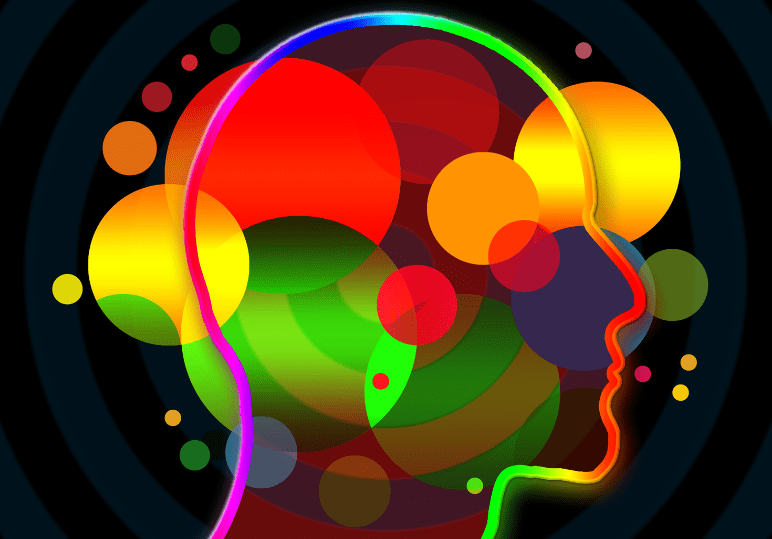Read Between the Lines: Meaning, Examples and Sentences
Elaboration and Examples:
The idiom “read between the lines” is used to encourage someone to look beyond the literal or surface meaning of a text, statement, or situation and try to understand the hidden or implied meaning. It implies the need to pay attention to subtle clues, context, and nonverbal cues to fully grasp the intended message. It suggests that there is more to be understood or inferred beyond what is explicitly stated.
Example 1:
Imagine receiving a text from a friend saying, “I had a great time tonight, thanks.” On the surface, it seems like a simple expression of gratitude. However, if you read between the lines, you might notice that they emphasized “tonight” and didn’t mention future plans. This could imply that they enjoyed the immediate moment but may not be interested in further engagements.
Example 2:
During a business meeting, your colleague presents an idea with enthusiasm but also mentions a few potential challenges briefly. By reading between the lines, you understand that while they are excited about the idea, they may have reservations about its feasibility or possible obstacles. This understanding allows you to ask relevant questions and address those concerns more effectively.
In both examples, reading between the lines involves going beyond the literal words spoken or written and paying attention to subtle cues, tone, and context. It requires interpreting the underlying meaning and understanding the unexpressed thoughts or implications. This skill is valuable in various situations, such as communication, negotiation, and interpreting literary works. By reading between the lines, you can gain a deeper understanding of what is being communicated and respond more effectively.

Sentences on “Read Between the Lines”
My teacher wrote a note on my report card that said, “You’re doing well.” But I know if I read between the lines, it means I should keep working hard and aim for even better grades.
When my little brother said he didn’t mind sharing his toys with me, I could read between the lines and tell that he actually wanted me to play with him.
Mom’s shopping list only said “vegetables,” but I knew if I read between the lines, she wanted me to choose a variety of colorful veggies for a healthy meal.
My friend said she liked my new drawing, but when I read between the lines, I noticed she was curious about my art techniques and wanted to learn from me.
Dad’s text message said, “Be home by 7 PM.” I read between the lines and knew he wanted me to be on time and not stay out too late.
When my teacher said, “We’re going to have a surprise tomorrow,” I read between the lines and thought it might be a fun activity or a special guest speaker.
In the storybook, the character said, “I’m not scared,” but when I read between the lines, I could tell they were actually very frightened.
My friend invited me to a sleepover and said, “Bring your favorite game.” By reading between the lines, I understood they wanted to play that game together.
When my little sister asked, “Do you want to see a magic trick?” I read between the lines and knew she wanted to impress me and make me smile.
In the movie, the main character said, “I’m fine,” but by reading between the lines, I realized they were going through a tough time and needed support.
When my friend told me she couldn’t come to my party because she had other plans, I read between the lines and realized she didn’t want to hurt my feelings by saying she didn’t enjoy my parties.
The book I’m reading has a lot of hidden messages and clues. To fully understand the story, I have to read between the lines and pay attention to the details.
My teacher’s comment on my essay said, “Good effort.” By reading between the lines, I know that I need to work on improving my writing skills to receive a higher grade next time.
My parents told me I could go out with my friends, but they added, “Be back before it gets dark.” Reading between the lines, I understood they were concerned about my safety and wanted me to return home early.
When my sister said, “I’m not mad,” I read between the lines and realized she was actually upset and wanted me to apologize for something.
The magazine article I read had a lot of information, but I had to read between the lines to figure out the author’s opinion on the topic.
My teacher gave me a worksheet with some missing instructions. To complete it correctly, I had to read between the lines and use my critical thinking skills.
My friend sent me a text saying, “It’s cool.” By reading between the lines, I could tell that he was actually disappointed but didn’t want to express it directly.
When my teacher said, “You’re almost there,” I read between the lines and understood that I was close to mastering a difficult concept and should keep pushing myself.
The message on the sign said, “Parking for customers only.” By reading between the lines, I knew I had to make a purchase at the store to use the parking space.
My friend posted a cryptic status on social media, and I had to read between the lines to understand that she was going through a tough time and needed support.
When my teacher gave us a reading assignment, I had to read between the lines to analyze the deeper meaning and symbolism in the story.
My parents told me I could go to the party, but they reminded me to stay safe and make responsible choices. By reading between the lines, I knew they were concerned about my well-being and wanted me to make wise decisions.
The lyrics of my favorite song are open to interpretation, so I have to read between the lines to understand the artist’s intended message.
When my friend gave me a compliment but then quickly changed the subject, I read between the lines and realized she was feeling insecure and didn’t want to dwell on it.
The politician’s speech was full of persuasive language, but I had to read between the lines to determine his true intentions and agenda.
My teacher’s feedback on my essay said, “Great start, but dig deeper.” By reading between the lines, I understood that I needed to provide more in-depth analysis and explore different perspectives.
When my sibling said they were fine but had a sad expression on their face, I read between the lines and offered a listening ear, knowing something was bothering them.
The newspaper article reported the facts, but I had to read between the lines and analyze the bias and hidden agenda behind the story.
When my coach gave me feedback on my performance, he said, “You have potential.” By reading between the lines, I knew he believed in my abilities and wanted me to continue working hard to reach my full potential.
When my friend sent me a text saying, “I’m fine,” but used lots of sad emojis, I knew I had to read between the lines and reach out to offer support.
In literature class, our teacher asked us to read between the lines and analyze the underlying themes and messages in the novel we were studying.
The email from my boss was short and didn’t explicitly state her opinion, so I had to read between the lines to understand her expectations and concerns.
My friend gave me a birthday card with a funny joke, but I could read between the lines and sense the genuine affection and care she had for me.
During a heated argument, my sister made a sarcastic remark, but I could read between the lines and detect the hurt feelings beneath her words.
The advertisement promised amazing results, but I knew I had to read between the lines and research the product further to understand if it was really as effective as claimed.
When my teacher said, “You’ve shown improvement, but there’s still room for growth,” I read between the lines and recognized that she believed in my potential and wanted me to strive for excellence.
The political speech was carefully crafted, so I had to read between the lines to uncover the hidden agenda and determine the candidate’s true intentions.
My friend’s social media post seemed lighthearted, but I could read between the lines and sense her excitement about an upcoming opportunity she didn’t explicitly mention.
While reading a poem, I had to read between the lines and interpret the metaphors and symbolism to grasp the deeper emotions and meaning conveyed by the poet.



